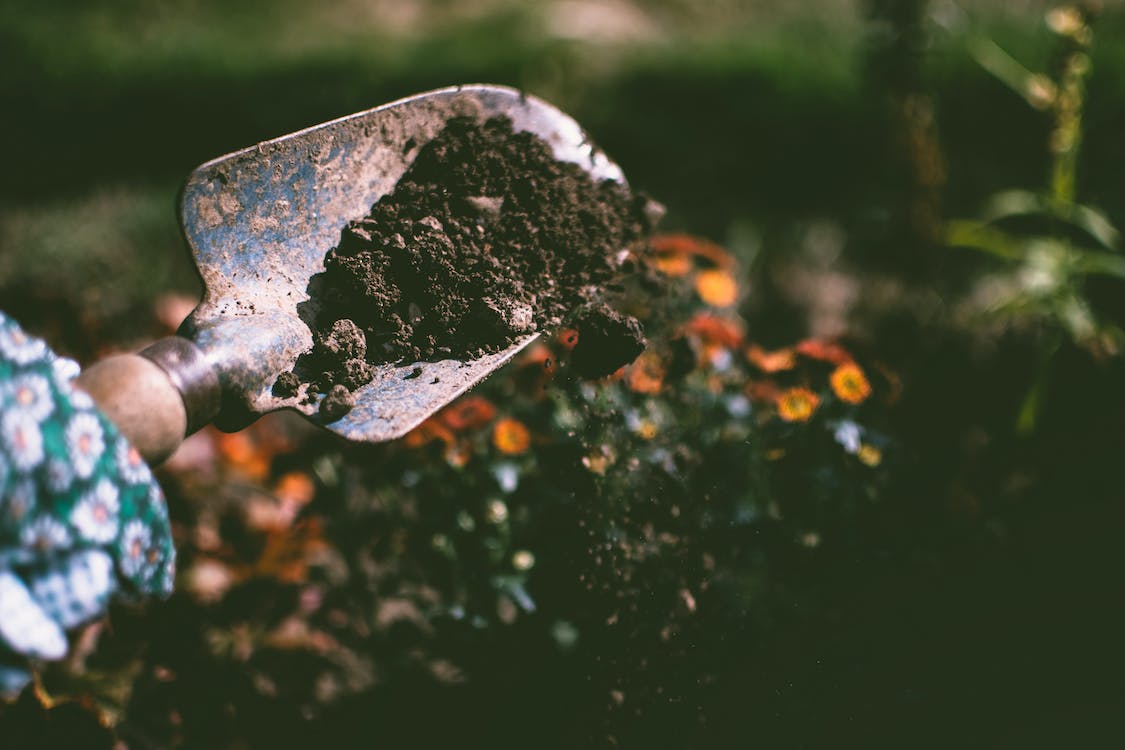Raised garden beds have become increasingly popular in recent years. It’s easy to see why: raised beds are tidy, accessible, and simple to maintain. They also help make growing your own vegetables much easier. Raised bed gardening is also an ideal solution for those who have limited access to outdoor space or don’t want to deal with the maintenance requirements of traditional outdoor gardens. Raised beds are essentially mini gardens that are built above the ground with a surrounding frame that keeps plant matter contained while still allowing water and soil to reach it easily. These tips will help you get the most out of your raised garden bed this year.
Here are the steps to take to build an enclosure for your own DIY raised garden bed.
Here’s a soil calculator with more detailed information on raised garden beds.

Be sure to use rich soil
The raised bed you build can have any shape or size, but the most important thing to keep in mind is the soil. The raised bed gardening soil needs to be rich and fertile so that your plants can grow well. To get good quality soil, you’ll need to compost or add organic matter like manure. Adding this organic matter will help give your plants a healthy start. Furthermore, if you plan on growing vegetables in your raised bed, it’s important not only to use rich soil but also to add plenty of fertilizer. Vegetables require a lot of nutrients and minerals to thrive and the compost or organic matter won’t be enough for them to grow successfully.
Measure and mark your bed before you dig
Measure and mark your bed before you dig to avoid ending up with a bed that is too small. These raised bed gardening tips can also help you from damaging any underground pipes or cables with your shovel.
Grow a wide variety of vegetables
One of the best raised bed gardening ideas is that they’re easy to maintain. In fact, you can plant a wide variety of vegetables in one bed and still ensure that everything will grow properly because the roots have plenty of room to stretch out. If you have a larger garden, this may not be an option for you because it would require more space and effort to maintain your plants.
Don’t forget to fertilize
The most common mistake people make when they are fertilizing their raised beds is using too much. In other words, they use so much fertilizer that the plants will not be able to take up any of it and it will end up running off and draining away. A great post to read is here about where to get fertilizing funds. The best way to avoid this problem is by following the instructions on the fertilizer package. The general rule for applying fertilizer is to use 1/4 of what is recommended for your garden in a traditional setting.
Maintain your irrigation system
It may be tempting to neglect your irrigation system when you’re gardening in raised beds, but it can have disastrous results. The soil inside raised beds is typically a bit on the dry side, so these beds will need extra water during hot weather. You can use an automatic sprinkler or raised bed gardening DIY drip system to keep your raised bed garden sufficiently watered. In fact, automated irrigation systems are perfect for those who don’t want to worry about checking and watering their garden every day.
Try experiments
The best way to learn about raised bed vegetable gardening for beginners is to experiment with them. You might find that your raised bed gardening skills are better than you thought they would be or you might uncover limitations that you never expected. Experimenting with different types of plants will also help you learn more about what grows well in a raised bed and what doesn’t. If you have limited space, try experimenting with vertical gardening methods. And if your kids love to garden, try building them a small raised bed so they can get in on the fun too!
Put down your results
Raised bed gardening kits are a superb method to make sure the soil stays fertile and nutrient-rich. With the right maintenance and variety of plants, you’ll be well on your way to a successful garden. The key to success is planning and controlling the results. Be sure to measure your space before you start building, and keep in mind that it takes longer for plants to grow in raised beds than it does in the ground. Once you’ve planted your garden, make sure you have a plan for when and how often you need to water, fertilize and weed. If you’ve never gardened before, raised bed gardening is a great first step that’ll help you learn the skills you need to become an expert.
Author
Emily Moore is an experienced copywriter and photographer with a degree in design. She works with startups, entrepreneurs, bloggers and companies from all over the world. In addition to writing articles and promotional material, she enjoys hiking, reading, cooking and spending time with her family. Emily also writes on the website fastestwithdrawalcasino.com. You can see more of her work there.







Leave a Reply
You must be logged in to post a comment.